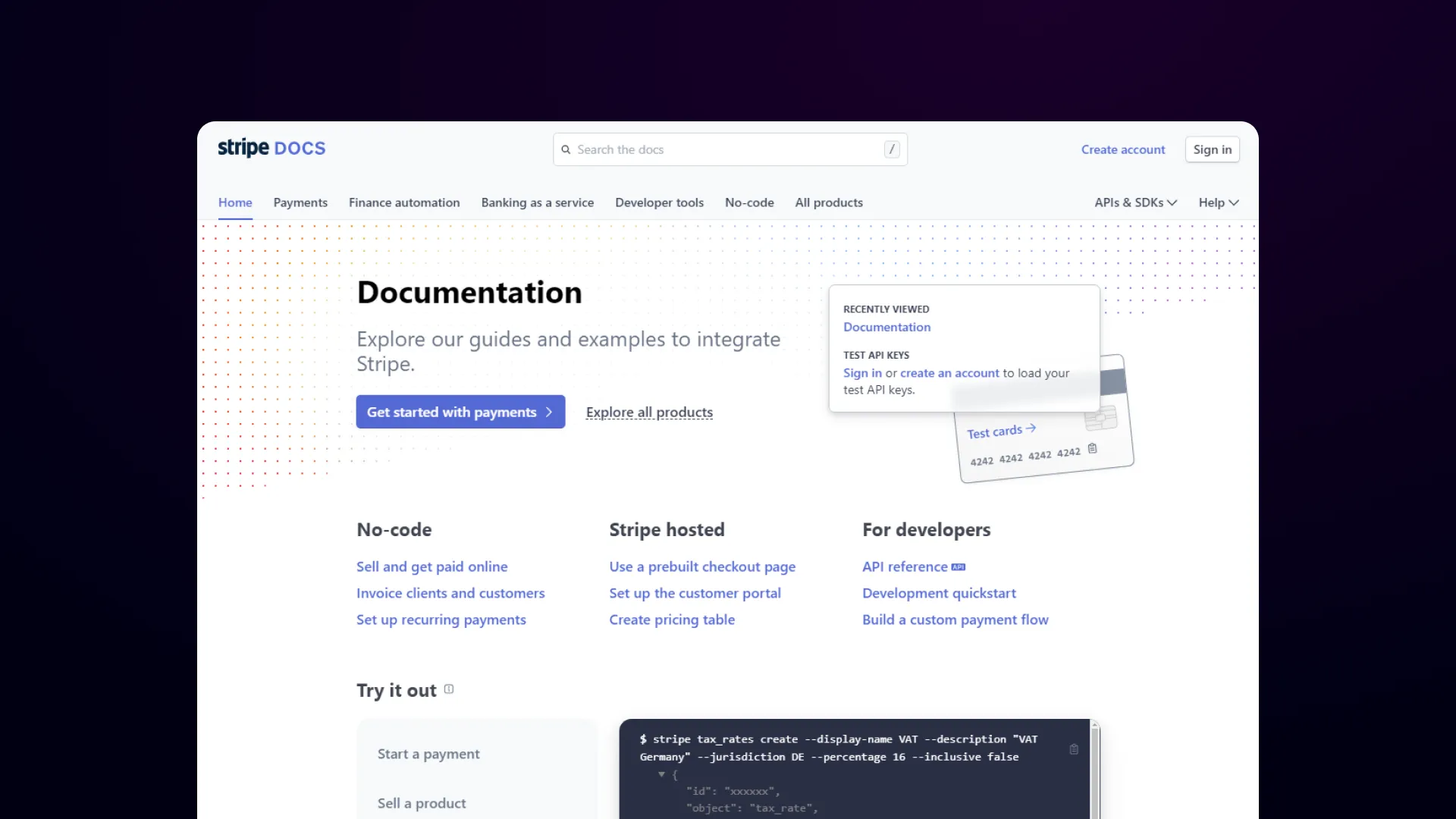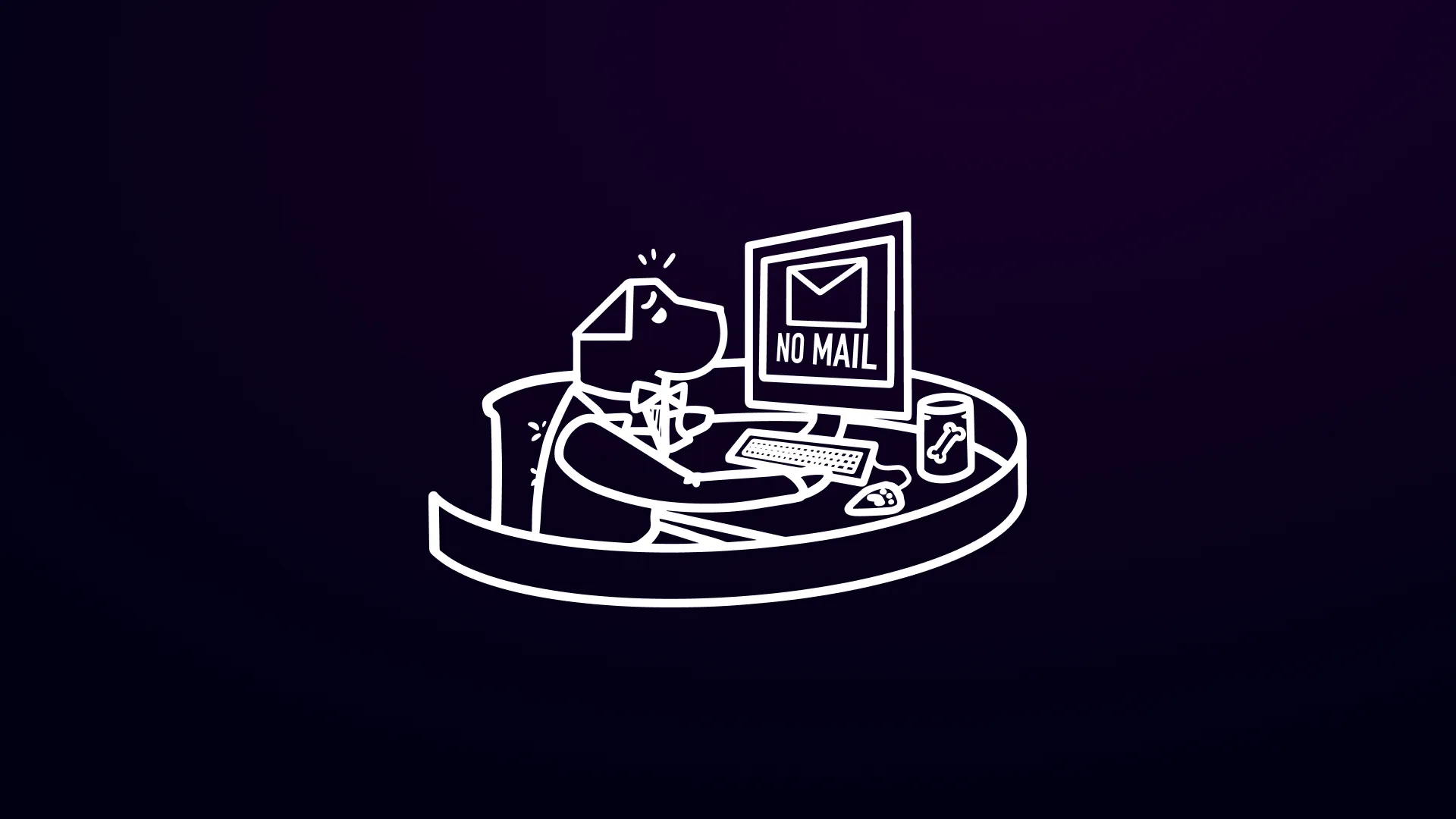Most people prefer to figure things out on their own, says the Harvard Business Review. Its studies show that up to 80% of customers favor self-service options over contacting support teams. Thoughtfully assembled documentation is one of the most effective methods of meeting this need. Yet, few do.
On a modern SaaS website – companies invest in delivering an experience to foster a common set of impressions from the user — “ease”, “it just works”, “frictionless”, “intuitive.” Implicitly, promises are being made.
The arbiter of truth for pre-sale promises is the customer experience that follows.
The arbiter of truth for pre-sale promises is the customer experience that follows.
A universal tale
Let’s start with a story we have all faced.
You’re trying out tools to help you with something. You ask and read around and land on trying a particular recommended app. You sign up, set a username, set a password, maybe authenticate in via email, then via text. You finally get in.
They have training and onboarding sequence, that you probably X out of, as you’re confident you can figure it out yourself.
It’s going well.
And then, you run into an issue with something. Often, the issue is with something core to the application; meaning, you can’t quite proceed without resolving it.
You go to Google and type in your query.
If you’re lucky, you’ll get an answer Google has indexed presented on the results page itself, and you can carry on your merry way. Just as it should be.
In other instances, if there even is something to be found – you’ll land on an outdated support portal that’s hard to navigate or really make any sense of. There’s a chatbot in the corner that tries to use AI to handle your issue, and it suggests support docs you’ve already read that don’t give you the answer that you need.
“Still stuck? No problem, reach out to [email protected], and we’ll answer your question as soon as we can!”
To recap what often happens: the tool doesn’t work the way you want it, you embark on a troubleshooting research endeavor, you review the company’s material, and it becomes apparent only after expending this effort that you have to send an email and wait for an undefined amount of time for someone to hopefully solve your problem. Some people may even bail on the app and move on.
Clearly, this is not a good customer experience. But doubly so, it’s not a great experience for the business either.
Often, these queries could be easily answered by someone familiar with the product, but they haven’t had the time to prioritize creating a specific support document to address these questions. And a growing mountain of support tickets is less than desirable. How could this be better?
The solution is simple: great user documentation. Which is easy to say.
Unfortunately, the reality is that among the myriad of tasks that product companies have to execute in order to keep the lights on, documentation rarely rises to the top. Maybe it’s on your Q1 roadmap this year, but it’s easy to see – and understandably so – why it may end up being in Q3, or Q4, or…
DocsHound: an AI copilot to create docs as sleek as Stripe’s.

Companies such as Stripe set the industry benchmarks for modern, stellar documentation. In Stripe’s case, their portal is easy to navigate, fast, responsive, with easy navigation to provide the answers to any issue a user may be experiencing right at that moment. This work product is the result of meticulous planning, collaboration, and ongoing dedication from a team that has the time and focus to deeply invest in this area.
Our goal at DocsHound is to enable all companies, most of whom do not have the time or resource to invest in this domain due to higher priority tasks, to serve their users with thoughtfully produced and smartly packaged user documentation, that is frictionless to maintain over time.
If this sounds interesting, please join our waitlist for early access.

